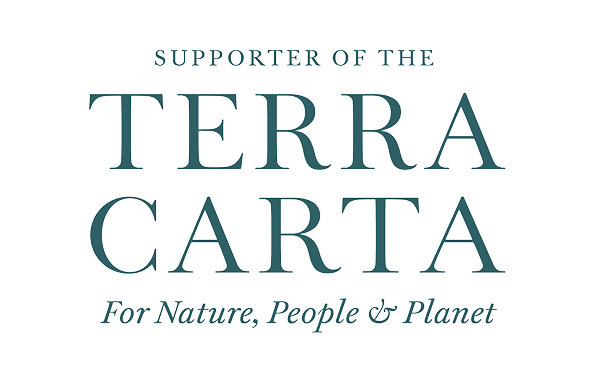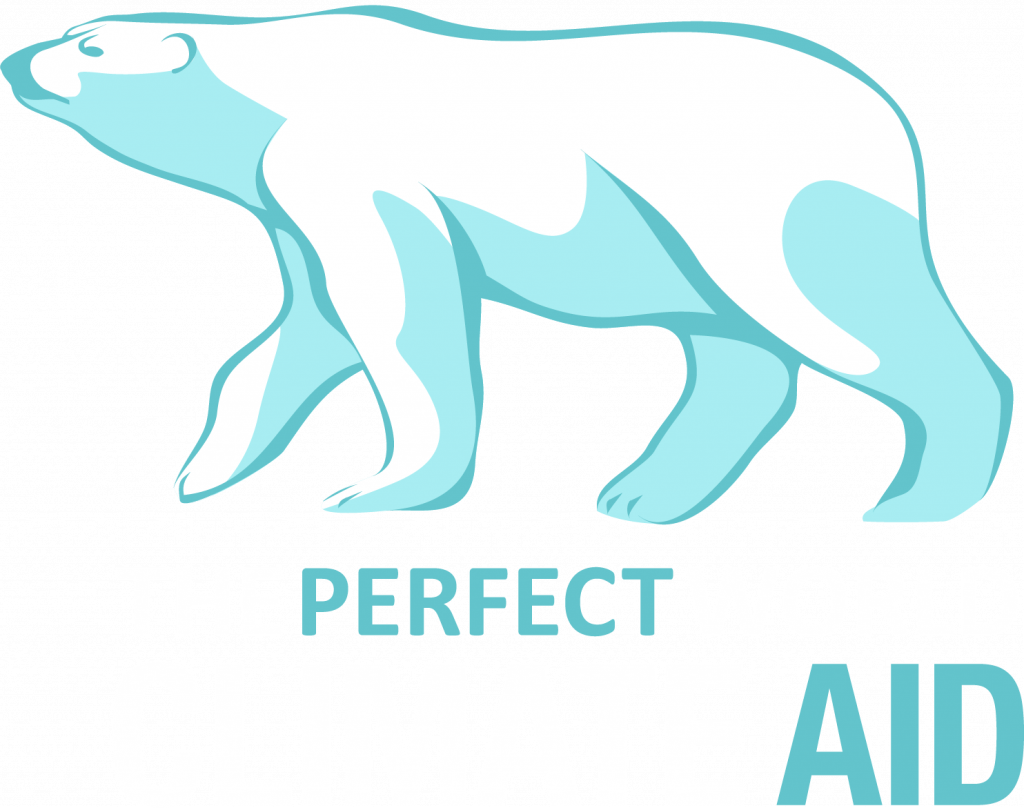
Gothenburg designated as UNESCO City of Literature
8 November, 2021
TEXEL CEO APPOINTED ENERGY EXPERT ADVISOR TO EUROPEAN COMMISSION
30 August, 202210 golden rules for restoring forests
Global climate change and habitat loss pose huge threats to biodiversity – the variety of life on earth. Greenhouse gases like carbon dioxide are being released into the atmosphere at increased rates because of human activities, causing global temperatures to rise and resulting in long-term changes to the climate.
Natural habitat loss is continuing relentlessly, despite global efforts to stop it. An area of pristine tropical forest the size of Denmark is destroyed every year.
Reforestation, the restoration of forests that have recently been lost, could protect biodiversity and help fight global climate change by removing huge amounts of carbon dioxide from the atmosphere. But when people plant the wrong trees in the wrong place, it can cause more harm than good.
A recent review led by Kew scientists and Botanic Gardens Conservation International (BGCI) proposes ‘ten golden rules for reforestation’ to boost benefits for people and the planet.
1. Protect existing forest first
Millions of hectares of forests are destroyed every year, leading to huge carbon dioxide emissions that are not easily offset by reforestation. It can take over 100 years for these forests to recover, so it is crucial that we protect what we already have before planting more. To conserve existing forests, governments and corporations should create and enforce more protected areas and legislate against deforestation. At the same time, local efforts could focus on tackling the drivers of deforestation, including fires and overgrazing by livestock.
2. Work with local people
It is crucial that local communities are at the heart of reforestation projects. Failing to include them is one of the most common causes of an unsuccessful reforestation project. Not only does working with local people encourage successful, long-term outcomes for a project, but it also benefits the community by creating employment in land preparation, tree planting, and forest maintenance, and providing opportunities to develop sustainable forest-based enterprises.
3. Maximize biodiversity recovery to meet multiple goals
A reforestation project should aim to achieve multiple goals. These may be reducing carbon emissions, conserving species, providing economic benefits to local communities, or delivering ecosystem services like stable water systems. Restoring biodiversity will make it easier to achieve these goals. Long-term restoration of native forests and re-establishing what was there before is far better for recovering biodiversity than just planting fast-growing, cultivated trees. Restoring native forests also captures more carbon, boosts ecosystem services (such as flood prevention) and economically benefits the community by providing a range of livelihood opportunities, such as sustainably-harvested forest products and ecotourism.
4. Select the right area for reforestation
The best place to plant trees is on land which was previously forested. Non-forested lands like grasslands or wetlands already contribute to capturing carbon, mostly in the soil, so should be avoided. Be aware that selecting an area that is already in use for agriculture could result in further deforestation elsewhere. Connecting or expanding reforested sites to an existing forest would help the new forest to regenerate naturally and expand the size of the existing forest, benefitting biodiversity. A reforestation site could also be selected based on the ecosystem services it provides, such as recreational spaces, wildlife habitats, clean air, and shade.
5. Use natural forest restoration wherever possible
Natural regeneration – natural forest regrowth after land is abandoned, or within a degraded forest – can be cheaper and more effective than tree planting. Carbon capture can be 40 times greater in naturally regenerated areas than in plantations. This natural approach works best on lightly degraded sites or those close to existing forests that can serve as a source of seeds.
6. Select tree species that maximise biodiversity
When natural regeneration is not possible and tree planting is needed to restore forests, picking the right tree is crucial. Planting should be done using a mix of species, including as many natives as possible, as well as rare and endangered species where feasible. A mixed-species forest will be better at conserving biodiversity, creating habitats for wildlife, attracting seed dispersers and pollinators, and will be more resilient to disease, fire and extreme weather events. The best tree species to select are those that form beneficial relationships with other livings things, such as fungi, pollinators, and seed-dispersing animals. Invasive species that take over natural habitats, compete with native species, reduce biodiversity, and often lower water availability, should be avoided.
7. Use resilient tree species that can adapt to a changing climate
It is important to use tree seeds or seedlings with appropriate levels of genetic diversity to match the region they are planted in and make them suitable for the local or projected climate. This can increase the resilience of the restored forest to pests, diseases and long-term environmental change.
8. Plan ahead
From seed collection to tree planting, it is essential to use appropriate, preferably local infrastructure and seed supply chains. Decisions on where seeds or trees will be sourced from and what facilities and protocols will be required for seed banking and propagation should be made well in advance of the start of the project. It is important to provide training for seed collecting, cleaning and storage equipment and activities, and work with local people, as they are valuable sources of labour and expertise in identifying and locating target trees.
9. Learn by doing
Before starting a restoration project, existing sources of scientific and local knowledge should be consulted to aid decisions like species selection. It is advisable to perform small-scale trials prior to applying techniques on a large scale, to ensure the right trees are used and to test their effectiveness. Success indicators, like the recovery of an endangered species, should be monitored regularly, to see how well an ecosystem is recovering and allow project managers to adapt accordingly.
10. Make it pay
To ensure the sustainability of reforestation projects, diverse income streams must be generated which benefit different people.
These may include:
- Carbon credits: A permit that allows a country or organisation to produce a certain amount of carbon dioxide emissions, which can be traded if not used.
- Sustainably-produced forest products.
- Ecotourism: A lucrative source of local income that puts a direct value on and monetises biodiversity.
In this review, our scientists propose long-term approaches to help people, businesses and policymakers tackle the climate and biodiversity crises and support livelihood needs. With these golden rules, we can restore hundreds of millions of hectares of forest worldwide and provide effective, long-term benefits for our people and planet.
Source: Kew – Royal Botanic Gardens. Read full article HERE
FOUNDERS


PARTNER ORGANIZATIONS
CORPORATE PARTNERS




WITH SPECIAL THANKS TO









THE PERFECT WORLD FOUNDATION | KUNGSGATAN 48A | GOTHENBURG, SWEDEN | +46 311 700 00


